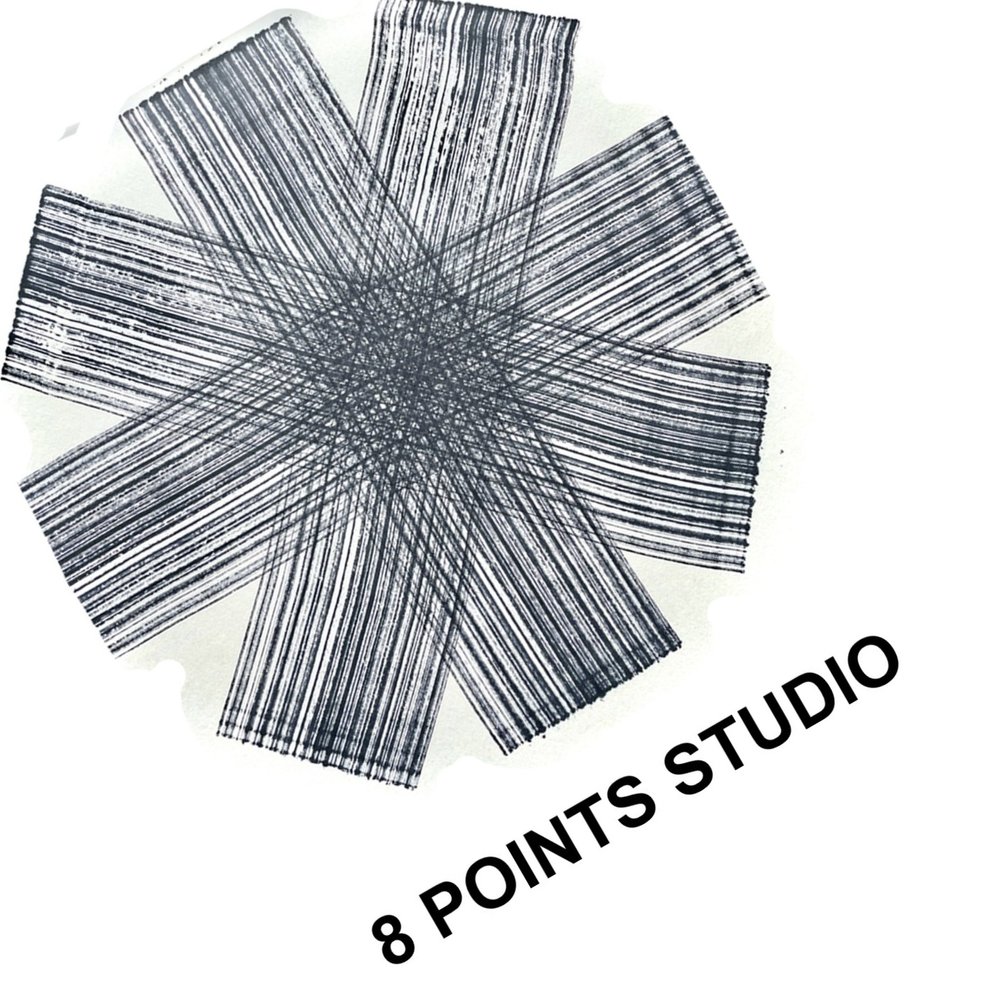More than ever, my paintings seem to be formed from accidents, second thoughts, and emotional states related to the news of the world. The initial, perhaps grandiose drive of these paintings is to induce an experience of floating in the viewer, but really, I think it is to question the line between transcending an issue, and escaping it. The title Floating World is based upon the ‘floating world’ of 18th century Ukiyo-e prints, the worldview based on hedonism, pleasure, and escapism; a world envisioned to be safe from danger or disaster, both real and imagined. I’m always trying to navigate the relationship between the act of painting and world events. Lately, I think about disaster and the ways we find to distance ourselves from it. Here's a link a friend just posted on facebook, which, as is typical, received about 3 hits, including mine:
I want to understand the connection between my painting process and the artificial disasters of our age: oil-spills, fracking, nuclear meltdowns, political upheavals. The motif of these events appear spontaneously as I work, in a literal sense as imagery, and metaphorically in my handling of the paint. I’m curious about moments when the creative process implies destruction: erasing a mark that doesn't work, leveling a surface to prepare it for the next layer, painting over areas that no longer function in the context of a given painting. Within the world of painting experience, these moments are innocent ones, yet structurally, how much do they differ from the violations enacted upon the natural landscape by a culture’s need for expansion? To what degree are my painting habits influenced and driven by the cultural assumptions we all navigate?
I include a roving set of art historical references that seem to have no internal relationship, as if their very nature is an escapist one: 18th and 19th century paintings of women and landscapes, Comic book and cartoon imagery, Tibetan Tangka paintings, Flat color, Rebuses, and Yantras. Unable to find ground in the attempt to make sense of these disparate themes, the viewer is confronted with a kind of conceptual floating.
Like dreams, or perhaps the nature of things, I’m interested in imagery that lives within broken spatial orientations. I see vertiginous pairing of color, and forms that do not converge, as analogs to ideas that do not converge, to cultural assumptions that clash. These paintings hope to disrupt the viewer’s psychological code that defines what center in the body (physical, emotional, conceptual) will automatically interpret a visual cue. And within the disruption, signal the ability to float.
